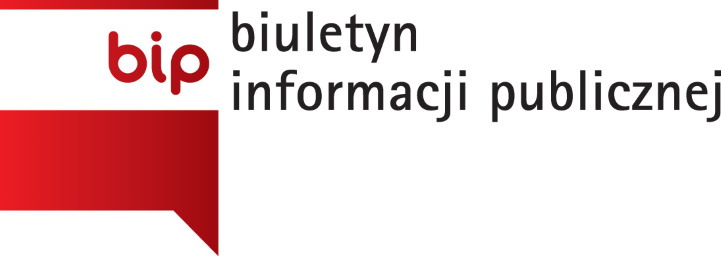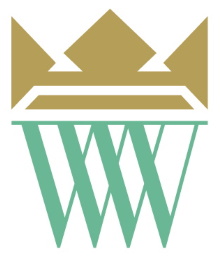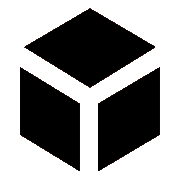Two oil lamps
karta katalogowa kolekcji
Rzemiosło artystyczne
Japan, Arita; Europe (bronze elements)
1700-1720; 2nd half of 18th century (bronze elements)
Porcelain, onglaze enamels; gilding; gilt bronze
Ø 14.9 x 9.1 cm
Wil.2600/1-2
The lamps were made in Europe out of damaged small teapots. Oil lamps had been used in Europe since antiquity, but in the modern era candles replaced them. They came back into fashion in the 1780s thanks to the invention of the Swiss physicist and chemist François-Pierre-Ami Argand, who applied a rounded handle thus making it possible to regulate the length of the wick. Argand also devised a method for producing purified oil out of whale blubber, to be used in lamps of this sort. As a result, they were much brighter than candles and produced less soot.
The first transport of Japanese porcelain arrived in Europe on a ship belonging to the Dutch East India Company (VOC) in 1659. At the time, Japanese workshops specialised in porcelain decorated with colourful enamel. Upon to this day, Japanese porcelain is called Imari or Arita from the names of an island and a port, the destinations of Dutch merchants. In the seventeenth and eighteenth century Japanese porcelain was highly appreciated in Europe and regarded as more exclusive than Chinese wares, produced and imported on a mass scale.
Anna Ekielska-Mardal
Polecane

Vessel in a bronze setting
This puzzling decorative object is, at first glance, an exceptionally incohesive whole. Inside a lavish setting in gilt bronze and …

Ribbed bottle
This bottle, a part of a set of coloured South German glassware mounted in gold plated silver at the turn …

Nanban-type table
Nanban, or the “art of the southern barbarians”, denotes sixteenth- and seventeenth-century Japanese works of decorative art, reflecting a discernible …

















